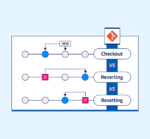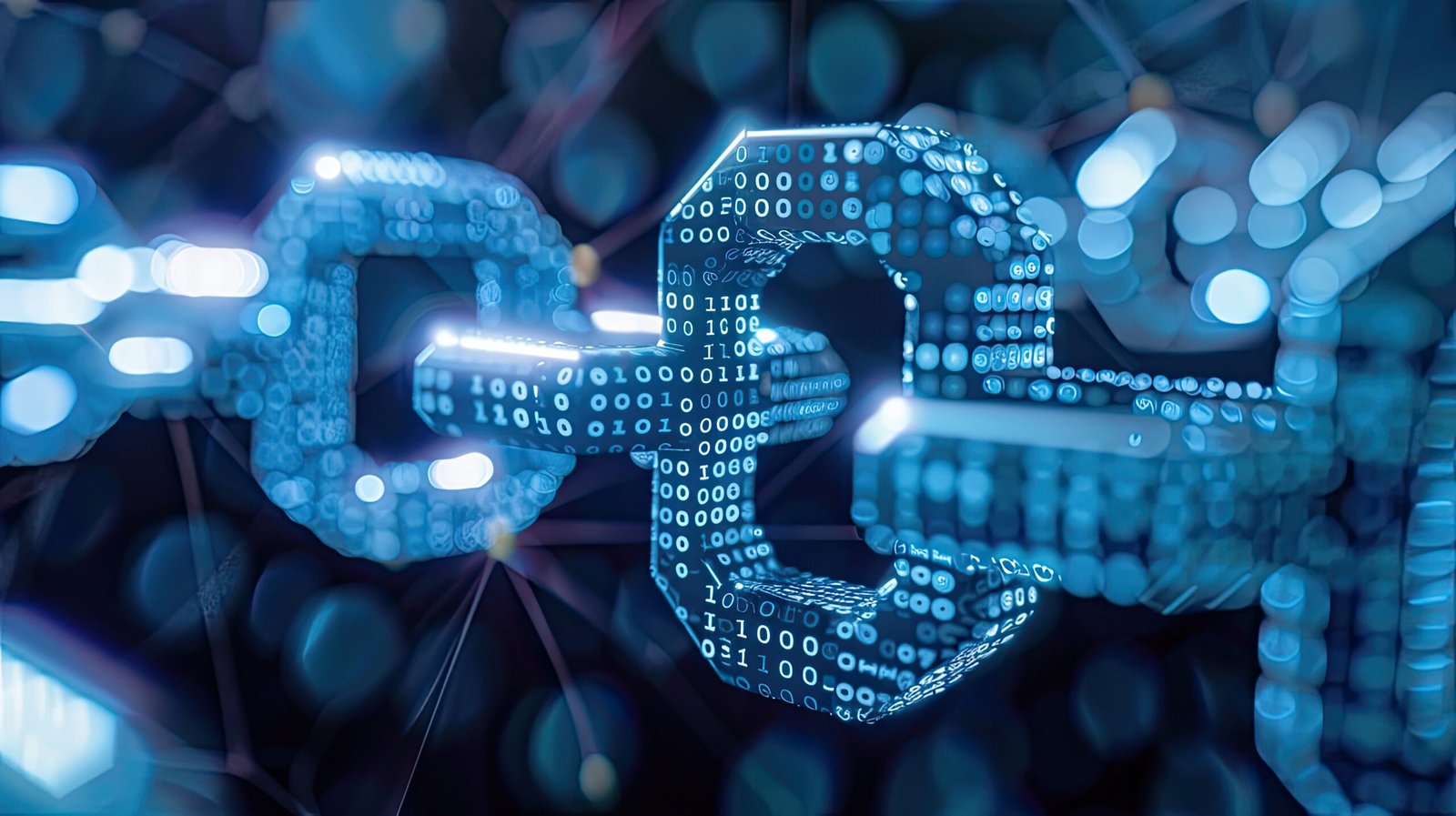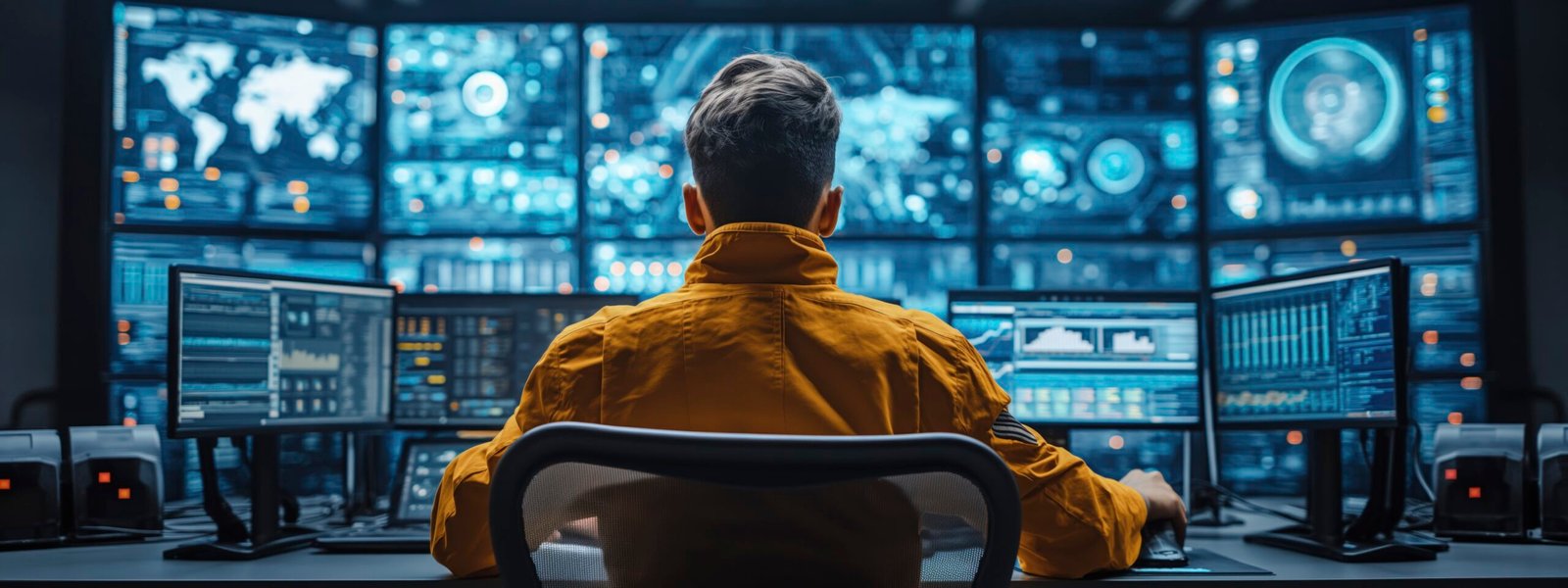Table of Contents
Overview (What you’ll find on this page)
In this guide, you will be taken stepwise through AI in blockchain, what blockchain and AI are, how artificial intelligence in blockchain works, actual blockchain AI use cases, the benefits of AI in blockchain, and the most significant AI blockchain future trends to know about. The target audience is product managers, developers, and decision-makers who require a brief that is nice and succinct, with good SEO ranking and real-life examples for illustration and further reading.
What is blockchain — and what is AI?
Blockchain is a distributed ledger where transactions are immutable and recorded on a decentralized network. Its essence—a stronghold of transparency, tamper resistance, and traceability—makes it precious in application. The term “artificial intelligence” describes the algorithms (including machine learning and blockchain) that learn from data for the purposes of prediction, task automation, and pattern detection. The pairing of artificial intelligence in blockchain marries secure and auditable data with intelligent decision-making within trustworthy and automated frameworks.
How AI in blockchain integrate (the technical fit)
Data provenance + models: With verifiable data provenance, blockchain technology adds credibility to the entire process of training machine learning and blockchain models, thus aiding model auditing and instilling trust.
On-chain decision triggers: Actions of smart contracts can be triggered by AIs (or outputs of AIs) to effectuate automation, a set-up often referred to as smart contract automation with AI. ScienceDirect
Decentralized compute & marketplaces: With decentralized AIs and tokenized marketplaces to share models and compute, decentralized AI networks reward participation. Sample markets include models, datasets, and GPU time. SingularityNETMedium
(Technical Note: not all heavy model inference runs on-chain. Typical uses are off-chain inference with on-chain verification or commitments.)

Key blockchain AI use cases (step-by-step)
Below are high-value, practical blockchain AI use cases organized by function:
Security & fraud prevention
The AI-driven fraud detection in blockchain systems is rather important. Doing so, since an AI system recognizes transactions made widely amongst the vengeful. The sustainable relationships here are often machine-learning algorithms with a larger participant. WIREDPMC
Smart contracts & automation
An AI system-driven smart economical transaction could perform certification, forecast contract outcomes, and even trigger conditional payouts (as in the case of insurance claims and relevant supply chain services). This illustrates the power of smart contract automation with AI, with minimal manual mediation and faster payments! ScienceDirect
Data marketplaces & provenance
Tokenized marketplaces allow both data bands to trade while assuring provenance and privacy concerns. This is well-suited for model training from a trusted input, typically machine learning and blockchain et al.
Decentralized AI infrastructure
AI networks do not have to be arterially centralized, availing AI model exchanges, but would let the equivalent party not only present its models but offer GPU cycles; in return it would get rewarded by tokens. Developing strong decentralized AI networks.
Supply chain & logistics
AI in blockchain connects predictive analytics in blockchain with tracing, creating an accurate representation of the supply chain. Analytics using big data and the Internet of Things can address past patterns to forecast future events.
DeFi analytics & trading
On-chain signals plus AI produce automated trading strategies, risk scoring, and anomaly detection for decentralized finance platforms.
Benefits of AI in blockchain
Improved trust & transparency: Blockchain’s immutability makes model inputs and decisions auditable—helpful for explainability and compliance.
Better security: AI augments blockchain monitoring to detect fraud and attacks in near real-time (AI-driven fraud detection in blockchain).
Automated workflows: Combining AI with smart contracts enables automated, verifiable business processes (smart contract automation with AI).
Democratized AI access: Decentralized AI networks let smaller teams access models and compute without centralized gatekeepers.
Richer datasets for ML: Immutable, tokenized data exchanges improve dataset quality for ML training (machine learning and blockchain).
Challenges & practical considerations (step-by-step)
Scalability & latency: On-chain execution is slow and expensive for heavy ML workloads; hybrid architectures (off-chain inference + on-chain verification) are common. arXiv
Data privacy: Public blockchains expose transaction metadata; design must balance transparency and privacy (use zero-knowledge proofs or permissioned ledgers).
Governance & tokenomics: Decentralized AI networks require clear incentive models and governance to ensure model quality and prevent gaming.
Regulatory & ethical risks: AI decisioning on financial flows raises legal and ethical questions—especially for automated sanctions/screening.
AI blockchain future trends to watch
- Convergence of generative AI + on-chain assets: Generative models creating metadata, art, and automated content for NFTs and virtual worlds.
- Hybrid on/off-chain orchestration: More services will split heavy inference off-chain while anchoring proofs on-chain.
- Interoperable decentralized AI networks: Cross-chain model marketplaces that let models and datasets flow freely.
- Regulatory tooling for auditable AI: Provenance + explainability frameworks anchored on blockchain for compliance.
- Security-first AI for crypto analytics: Improved AI models for anti-money-laundering and AI-driven fraud detection in blockchain at scale. CoinbasearXivWIRED
Recommended reading & useful external links
- IBM: Benefits of AI in blockchain use cases & technical fit. IBM
- Chainlink: Blockchain AI use cases overview. Chainlink Blog
- SingularityNET: Example of decentralized AI networks. SingularityNET
- Wired report on AI-driven fraud detection in blockchain. WIRED
Quick next steps (for teams)
- There is a hybrid flow prototype, which is model inference off-chain and verification on-chain.
- Begin with a small and highly valuable case such as smart contract automation with AI.
- Set up the governance and token incentives for the model quality.
- Measure & iterate trust metrics, provenance, explainability, audit logs.
Final note
It makes the transition possible from one class of trustworthy systems into another via AI in blockchain together-working systems ranging from AI-driven fraud detection in blockchain to smart contract automation with AI and decentralized AI networks. Therefore, to responsibly evolve these new technologies, it is important to focus on hybrid architecture, privacy protection, and clear governance as you explore blockchain AI use cases, gain from the benefits of AI in blockchain, and prepare for the ever-changing AI blockchain future trends that lie ahead.
Find more content on our website here.










